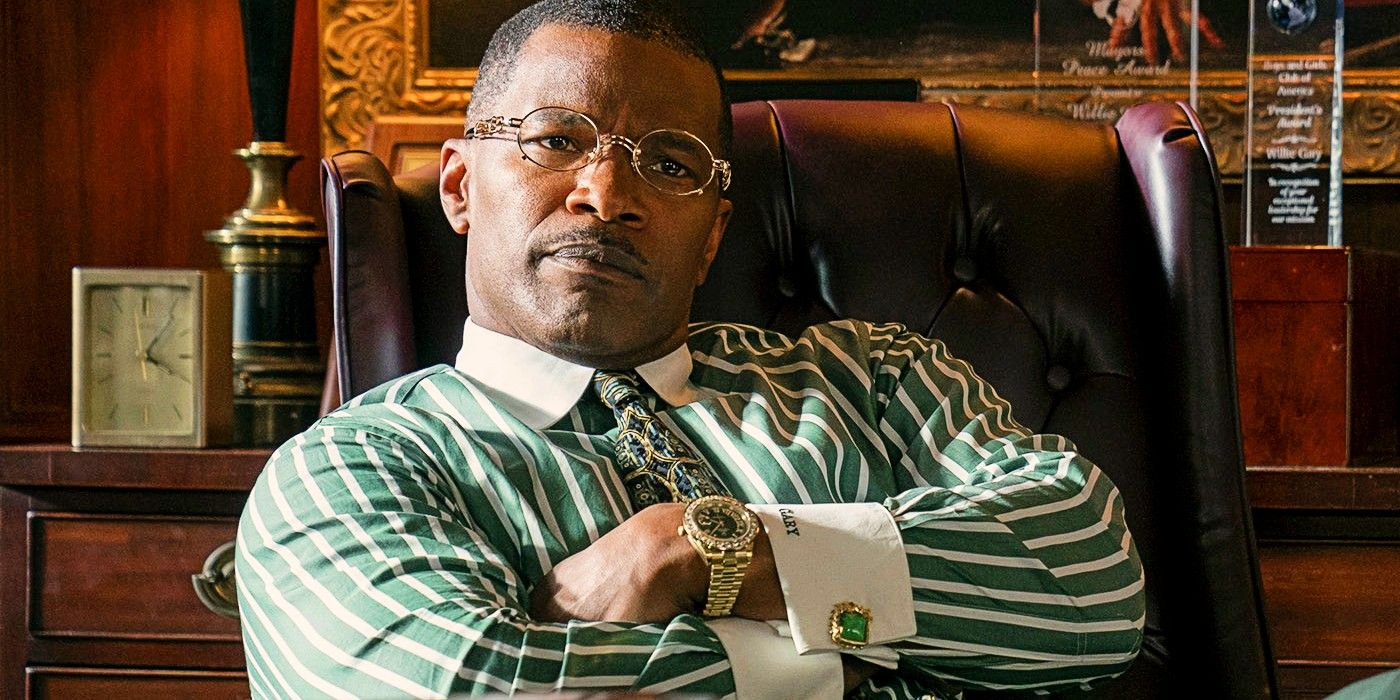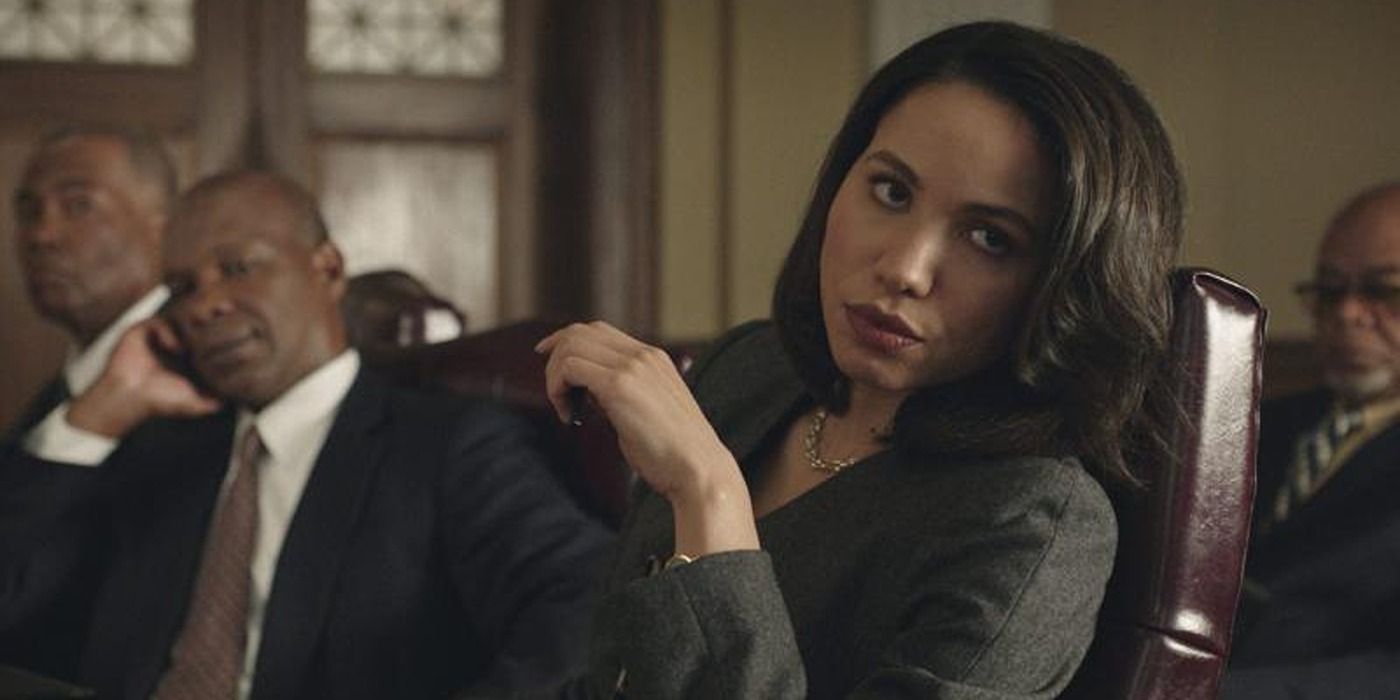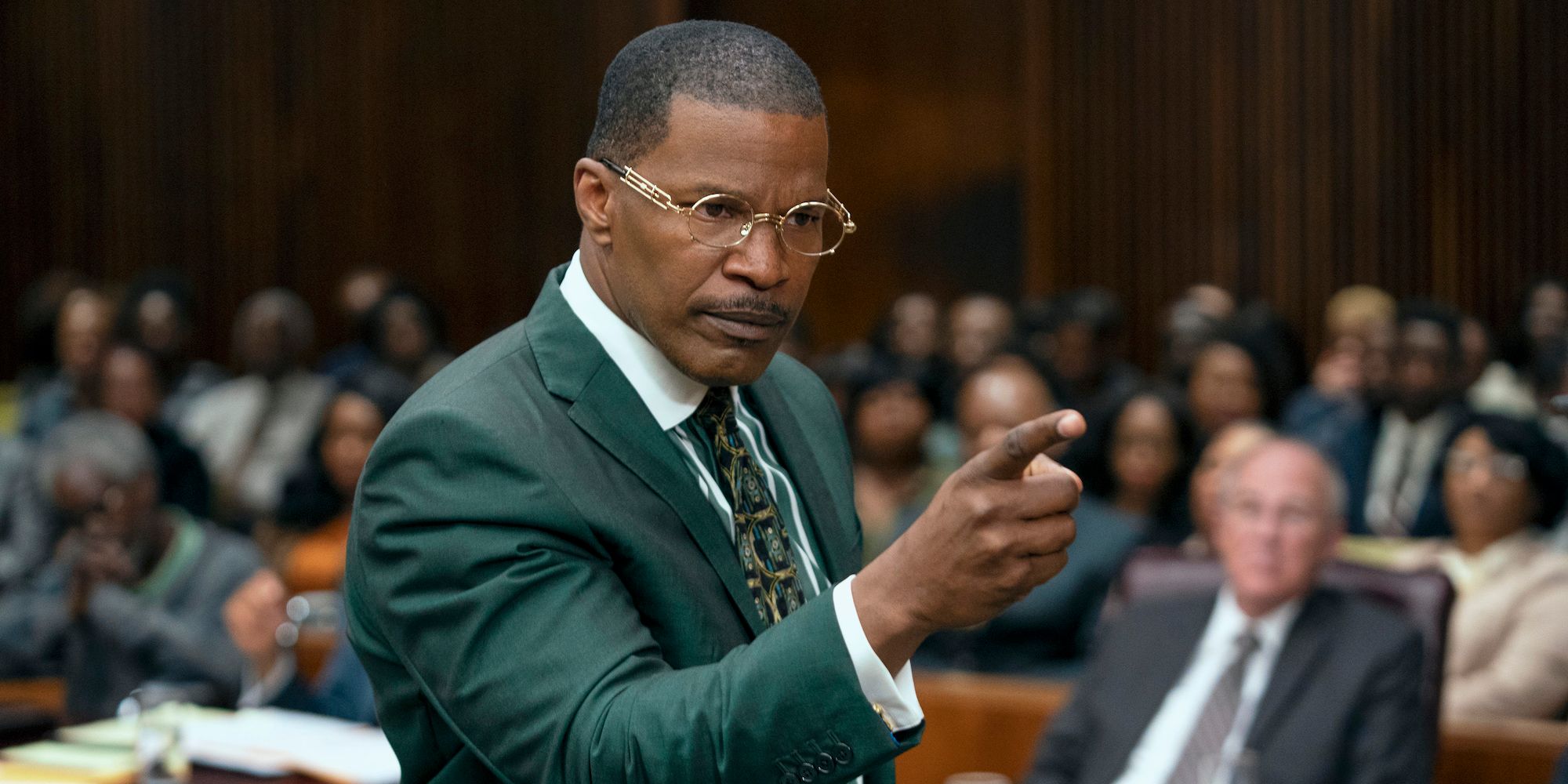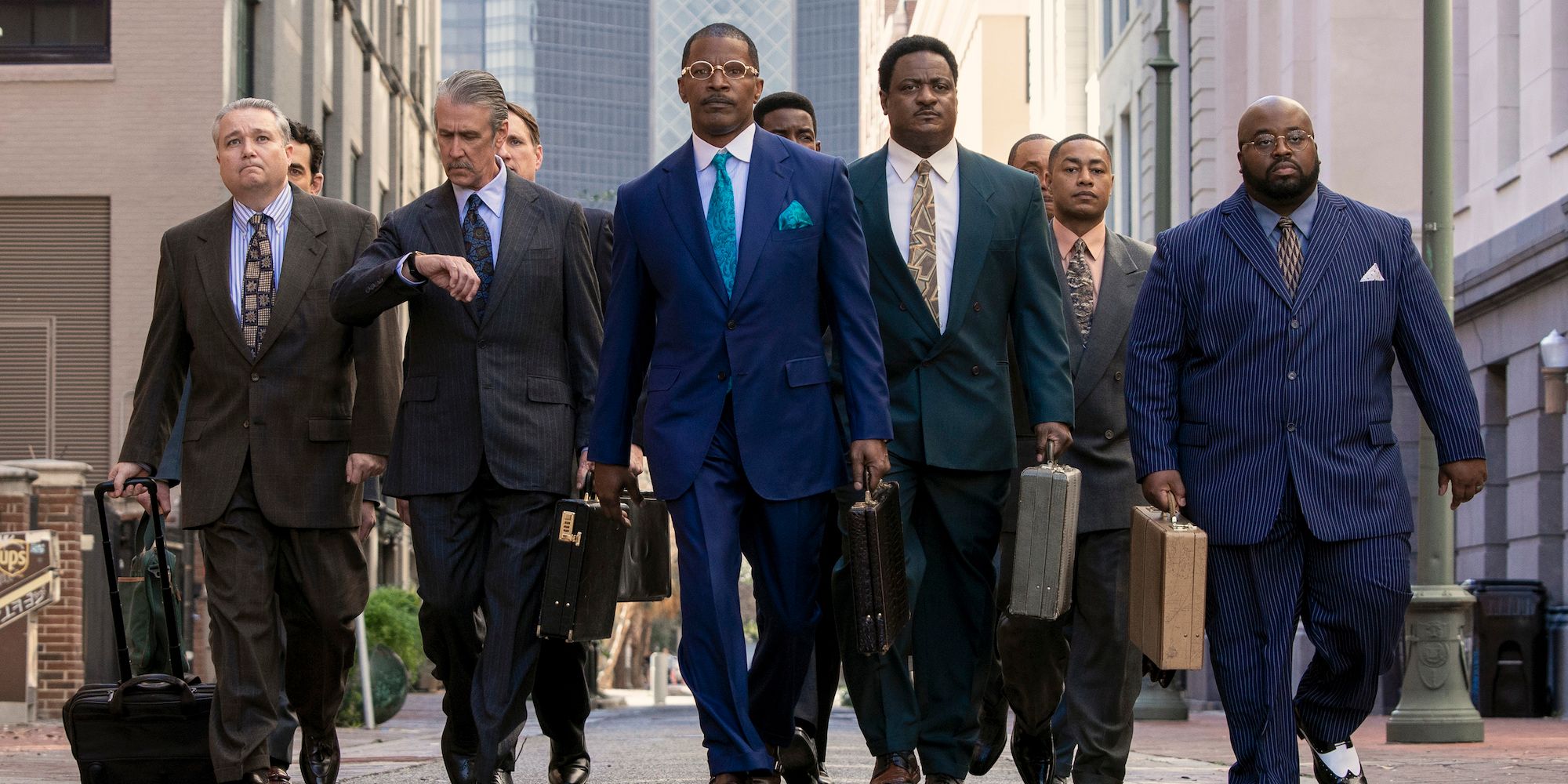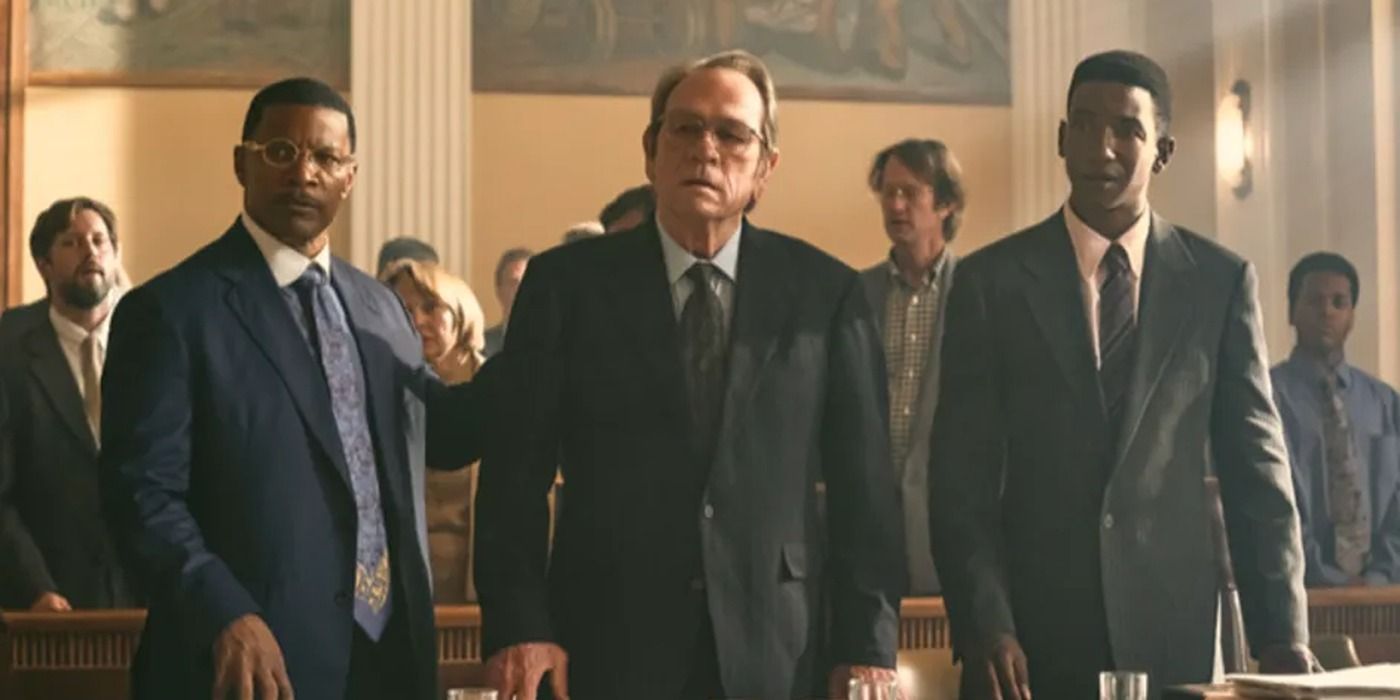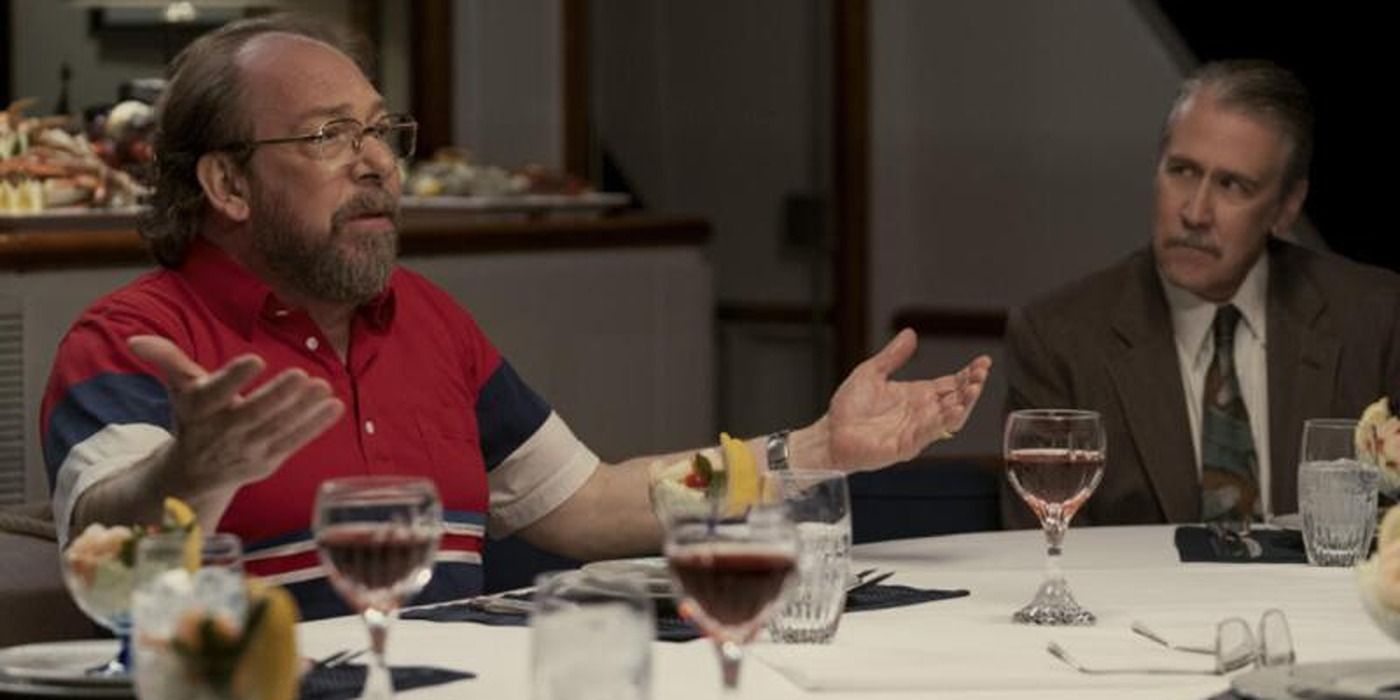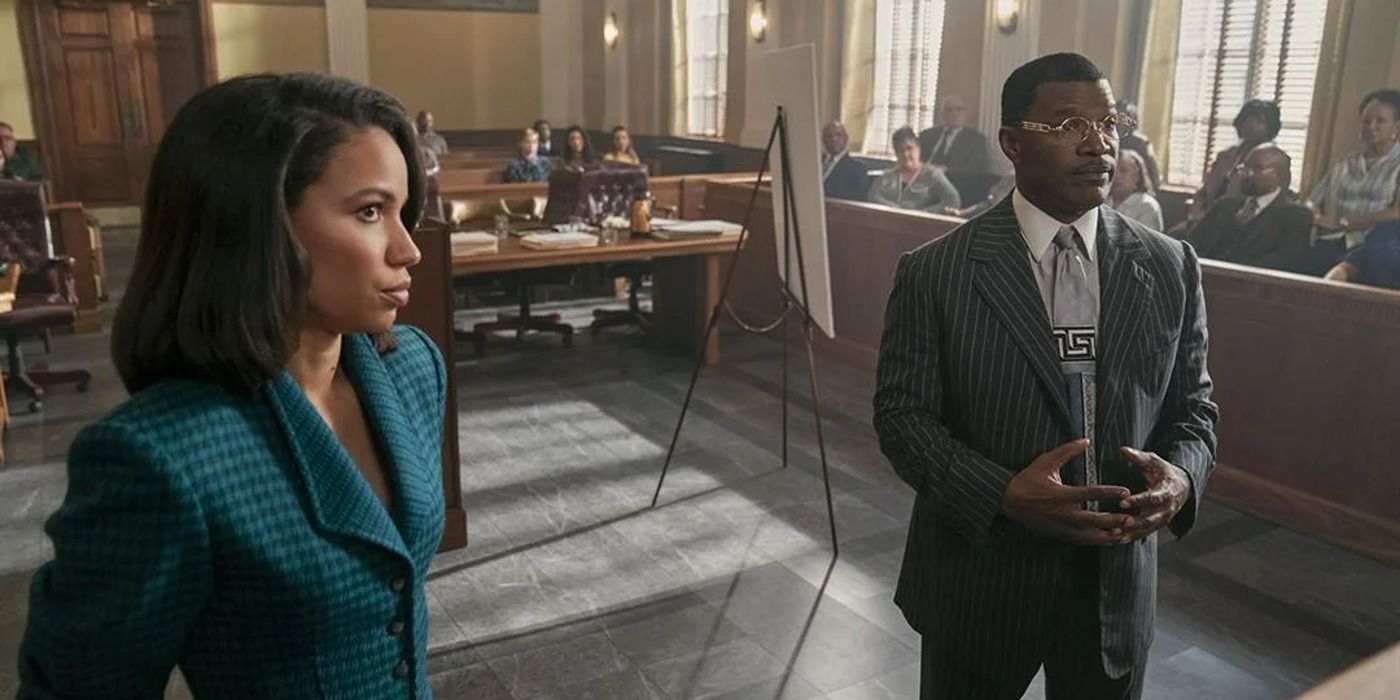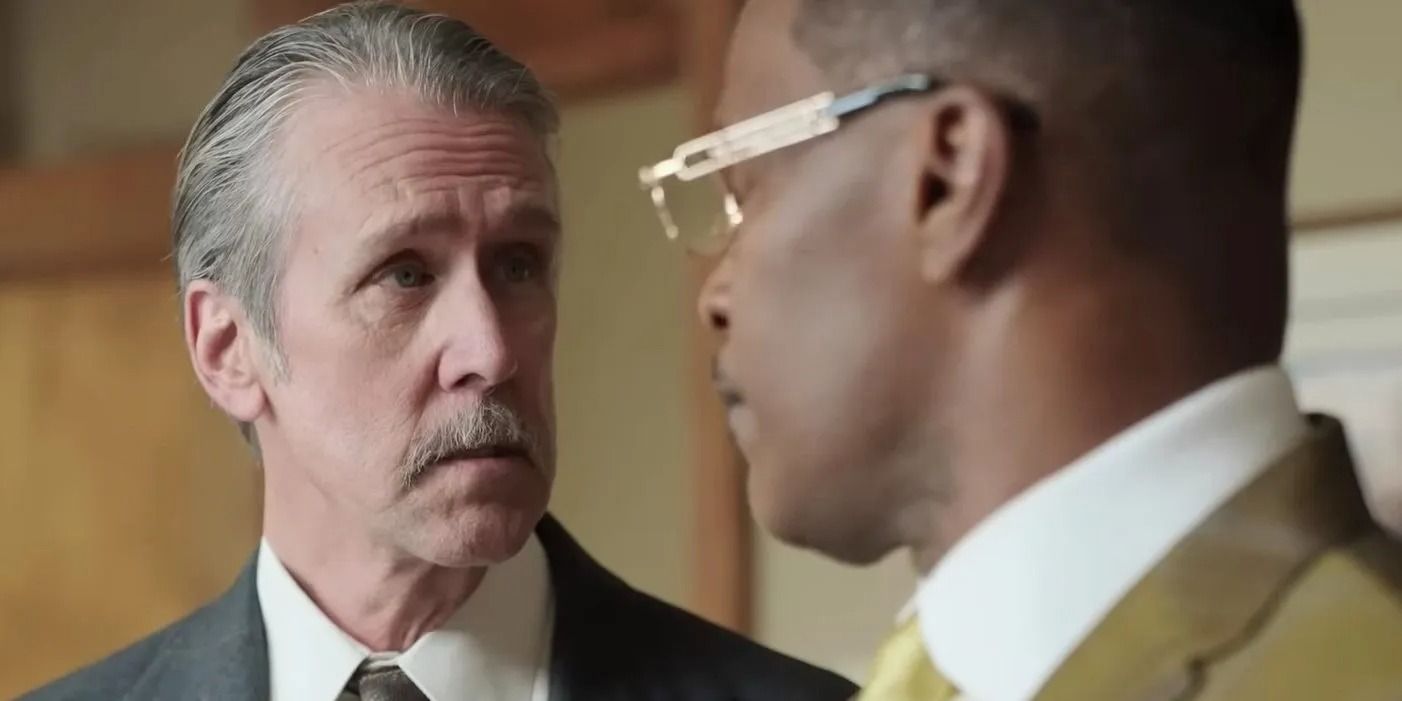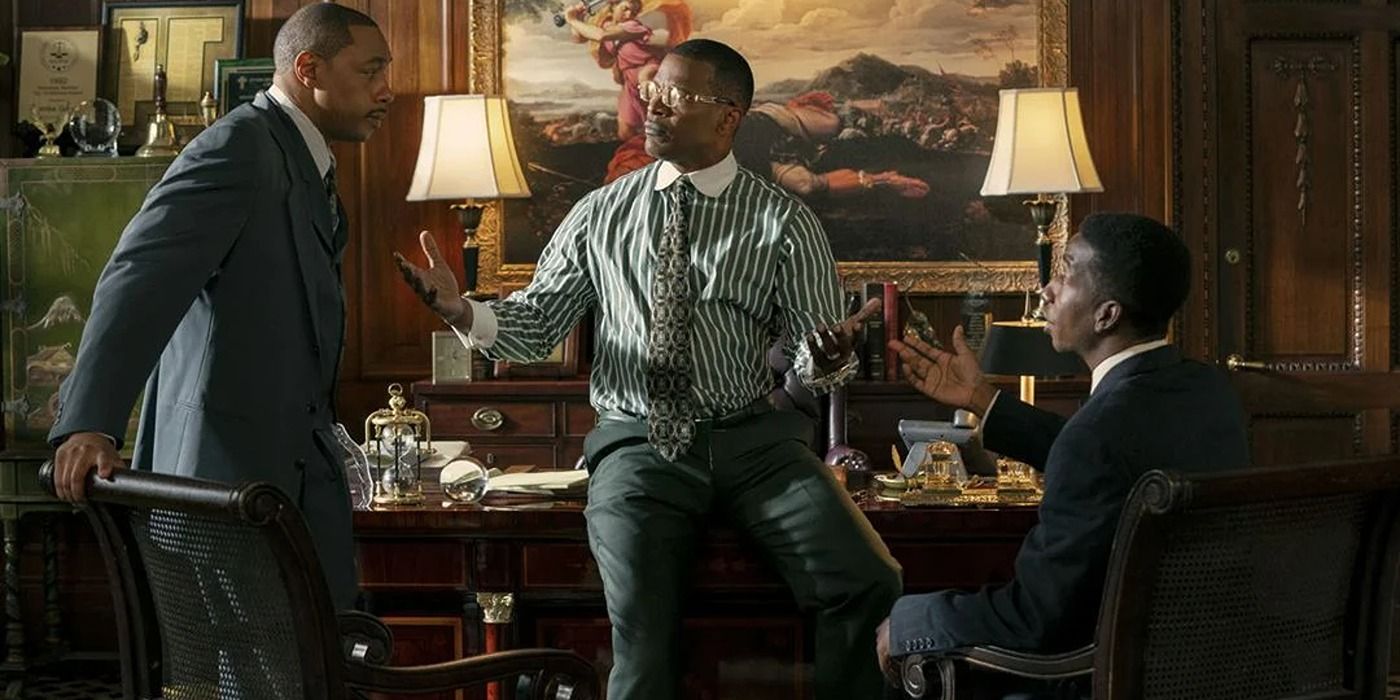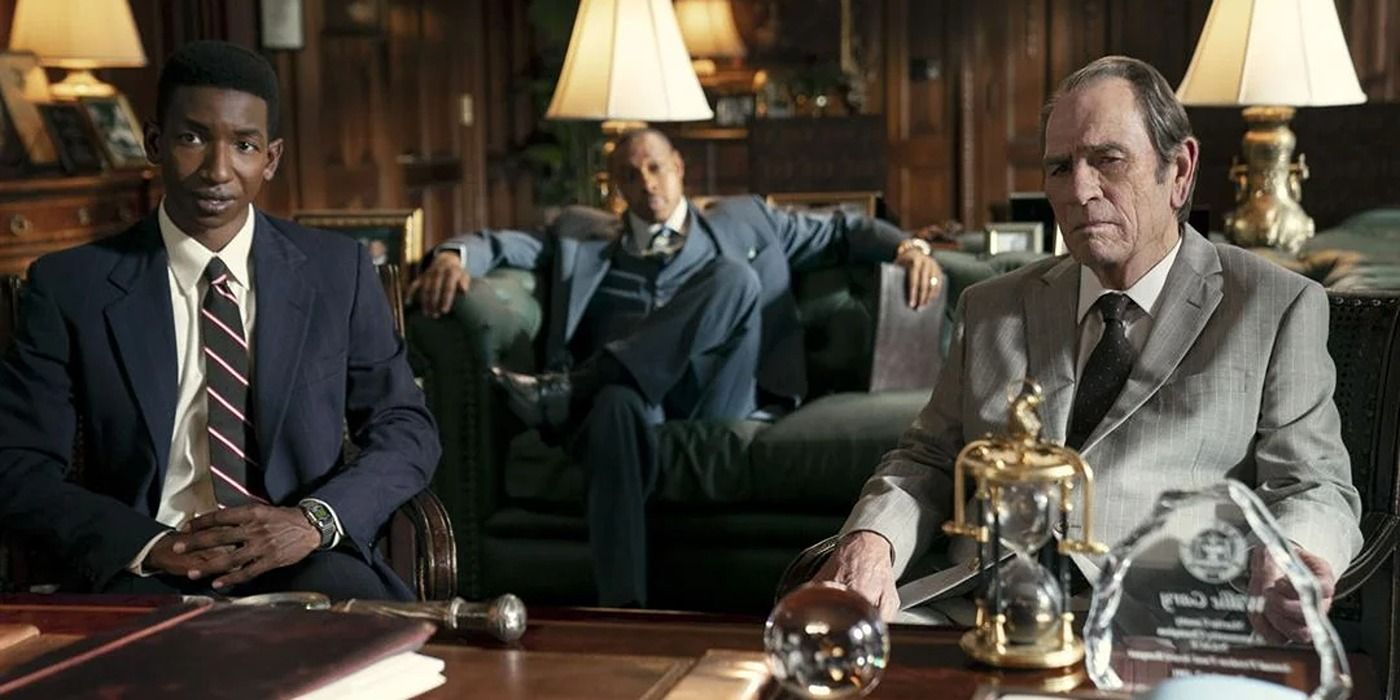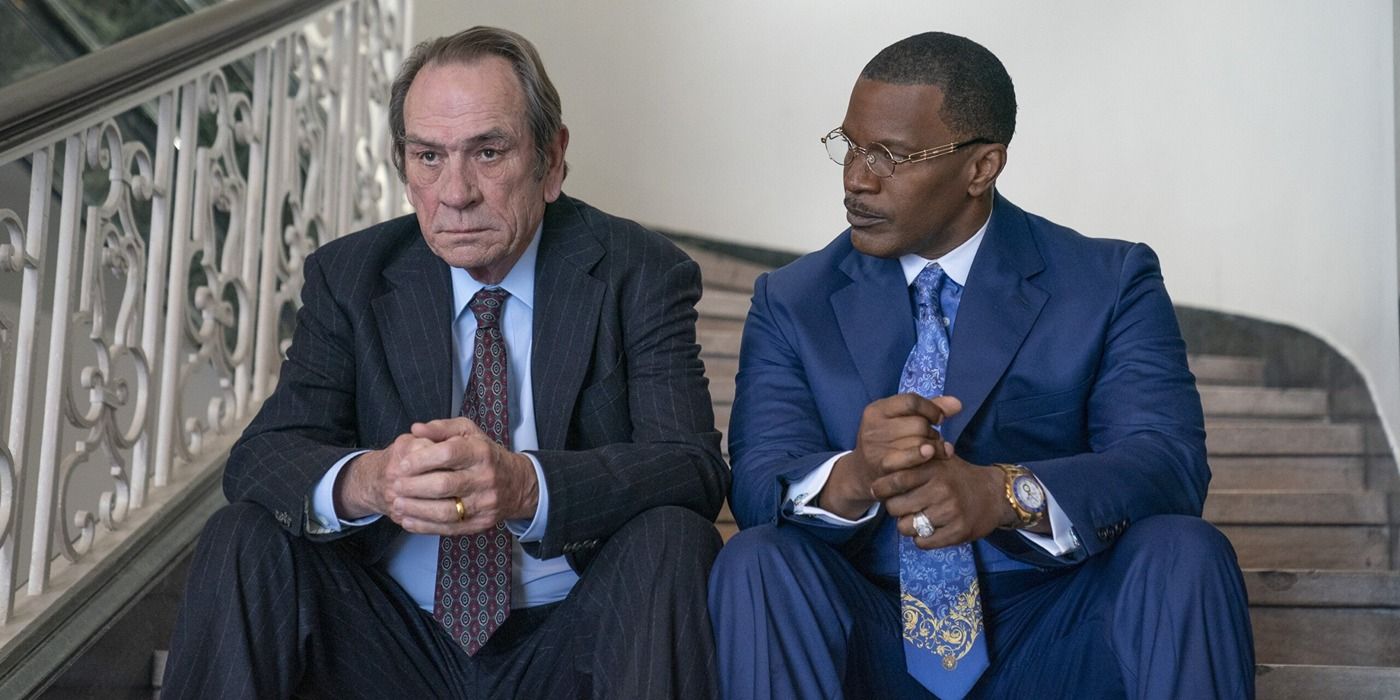Summary
- The film The Burial takes creative liberties to emphasize racial tension, a central theme not present in the actual case it is based on. This highlights the power of filmmakers to shed light on under-explored aspects of historical events.
- The portrayal of self-sufficient Black female attorneys in the film deviates from the all-male legal team in real life. This creative choice was made to focus on the female experience and challenge the trope of a white savior in race-driven narratives.
- The film exposes the racist implications of a deal between The Loewen Group and the Black National Baptist Convention, showcasing the exploitation of the African-American community. This narrative choice emphasizes the truth behind capitalistic manipulation and adds depth to the overall themes of the film.
The Burial, starring Jamie Foxx and Tommy Lee Jones, is a film that navigates the line between fact and fiction, showcasing the power of telling stories inspired by true events. Director Maggie Betts strategically took creative liberties to elevate specific themes, notably racial tension, which took a central role in the movie. Slightly deviating from the real case the film is inspired by, racial elements did indeed simmer beneath the surface. Betts, an African American director, was driven by her personal interest in exploring racial dynamics and found motivation in the New Yorker article, written by Johnathan Harr, the film is based on.
The Burial is a film inspired by true events. This allows for creative exploration that doesn't need to be tethered to historical accuracy. Betts seized the opportunity to heighten specific themes, which wasn't the primary focus in the actual case, but plays a central role in the movie. This distinction between the film's inspired narrative and the real case underscores the capacity of filmmakers to breathe life into historical events and shed light on under-explored aspects, all while providing a respectful, yet entertaining exploration of the themes at hand. The result is a compelling and entertaining cinematic experience that captivates audiences and invites reflection on the issues it portrays.
10 The Loewen Group Attorneys
In the film, The Loewen Group is represented by Mame Downes, played by Jurnee Smollett, as a powerful, self-sufficient Black female attorney working for Ray Loewen. The movie also depicts an entirely fictional team of Black female attorneys, deviating from the actual all-male legal team. Director Betts focused on this creative choice to center on the female experience, aligning with her previous work in Novitiate, and to inject dynamic energy into courtroom scenes, in order to enhance the mundane contract trial that occurred in reality. The film's aim was to present self-reliant characters not dependent on a white savior, a common trope used in other race-driven narratives.
9 Willie Gary’s Personality (And Wardrobe)
Foxx, who plays Willie Gary, deliberately kept his interactions with the still-living attorney limited, preferring to create his own version of the character. When it comes to Gary’s wardrobe, costume designer Mirren Gordon-Crozier drew inspiration from Gary's old photos to craft an extravagant wardrobe for Foxx, highlighting the real Gary's affinity for flashy attire. The suits, based on reality but greatly exaggerated, took cues from the era's R&B music scene, with opulent jewelry similar to the pieces worn by Gary himself. This flamboyant style represents a celebration of Black wealth and individuality, with the film embracing a sense of freedom and self-expression.
8 The Lawyers On Gary’s Team Were Fictionalized
In the film, the attorneys working with Willie Gary to help represent O’Keefe are fictional characters, even though their personalities draw inspiration from real lawyers. Reggie Douglas (Dorian Crossmond Missick) serves as a prime example, as he was loosely based on a real attorney named Robert Parenti. Betts skillfully fictionalized Reggie's character, infusing him with a humorous demeanor that aligns with the film's overall tone. These fictionalized characters help add depth and dimension throughout The Burial's ending. Additionally, Gary's actual team included both Black and White attorneys, but the film takes creative liberties in portraying an all-Black counsel, in order to add to the racial themes present in the film.
7 The Loewen Group Deal With The Black National Baptist Convention
The film portrays a deal between the Loewen Group and the Black National Baptist Convention, where Loewen acquired NBC's graveyards and enlisted Black church workers as sales agents to sell burial contracts in financially disadvantaged areas. While this narrative is rooted in reality, the film chooses to expose the racist implications of this arrangement. Betts depicts the exploitation of the African-American community, characterizing the deal as manipulative. To focus on the truth behind this capitalistic manipulation, Betts weaves fictional but truth-inspired victim testimonies into a montage of talking heads, highlighting instances of price gouging and corporate exploitation.
6 Ray Loewen and His Yacht
Bill Camp's portrayal of Ray Loewen in the film captures Loewen's unapologetic capitalist mentality. In a pivotal courtroom scene, the film focuses on Loewen's ostentatious yacht, which was a recurring topic in the actual trial. Betts showcases Loewen's tone-deaf display of luxury in this scene, highlighting its significance through Camp's performance. In this scene, Gary repeatedly challenges Loewen to recall the boat's price, emphasizing Loewen's inability to do so, a contrast to Gary's pride and knowledge of his own possessions. This strategic move in the film subtly influenced the jury's perception and played a role in the courtroom dynamics, adding to the overall narrative and themes.
5 Willie Gary’s Motivation For Becoming A Lawyer
The movie depicts Gary's decision to enroll in law school after being denied an apartment due to his race. However, some of these details were embellished for cinematic purposes. In the film, Gary is informed of apartment availability on the phone, but denied in person, and he returns as a licensed lawyer to sue the realtor company. In The Burial's true story, while this deplorable act of discrimination did actually take place, Gary was already out of law school. He threatened legal action for racial discrimination, and the apartment suddenly became available. The film adjusts these details to provide Gary with a compelling motivation for pursuing a legal career; however, in reality, Gary became a lawyer out of sheer ambition.
4 Mike Allred’s Bigotry
The scene in the film where O’Keefe’s other attorney Mike Allred (Alan Ruck) openly admits his prejudice with a touch of self-awareness, saying “I supposed I am a little prejudiced,” didn’t quite happen in that manner. This portrayal of bigotry is a Hollywood invention used to advance the plot, which is done humorously when Gary follows up by introducing his all-black team. While Gary’s team consisted of White and Black attorneys, the real Allred did indeed possess documented prejudice against Black people, as was acknowledged in the film. This slight divergence between the film's character portrayal and the actual person adds an interesting layer of complexity to the story.
3 Willie Gary Only Represented Black Clients Before O'Keefe
A notable departure from the real-life Gary emerges in the movie when he claims that he had never represented white clients until Jeremiah O'Keefe. In contrast, as outlined in Harr's article, the real Willie Gary had a significant history of representing white clients, even before his encounter with O'Keefe. This embellishment serves to intensify the racial tension within the film's narrative. By having O'Keefe be Gary’s first white client, the film can focus on racial dynamics and complexities, contributing to the exploration of themes related to race, justice, and personal ethics. This artistic choice serves to amplify the central conflict in the movie and adds depth to the characters and their interactions.
2 The Actual Details Of The Contract Dispute
In the film, the contract dispute between Loewen and O’Keefe is simplified for clarity. Loewen verbally promises not to sell burial insurance in Southern Mississippi, and, in return, O’Keefe sells three of his funeral homes to Loewen. This straightforward exchange is designed to make the narrative more accessible for the audience. In reality, the case involved a third party, further complicating matters. Loewen had acquired a funeral home owned by Robert Riemann, who had an exclusive burial insurance contract with O’Keefe. Loewen's refusal to honor this agreement led to a complex legal battle. While the specifics of the contract dispute varied, the film's focus was on portraying Loewen as a villain.
1 The Racial Tension Present Throughout The Film
Creative liberties were taken to heighten specific themes, notably racial tension, which wasn't the primary focus in the real case. As Betts acknowledges, the actual trial primarily unfolded as a rather mundane contract dispute. While race played a role, it wasn't the central theme, though it brewed beneath the surface. However, Betts was keen on exploring racial dynamics, and she found inspiration in the New Yorker article, which also touched on these aspects. Her decision to emphasize race added a layer of complexity and tension to The Burial's narrative, resonating with both her personal interest and a broader exploration of race, class, and gender.

